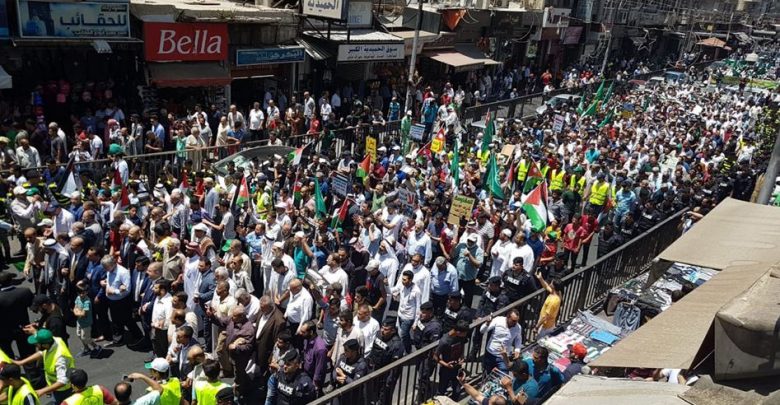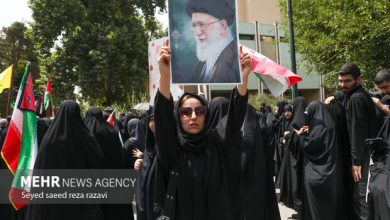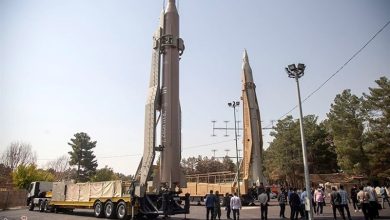
Tens of thousands of Jordanians on Friday marched in downtown Amman protesting against the US deal of the century and the Bahrain normalization workshop.
The march was organized by the Islamic Movement under the slogan “No for Normalization and Selling of Homeland”.
During the march, protestors carried banners and chanted slogans against the deal and the Manama workshop, and in support of Palestine and Jordan.







